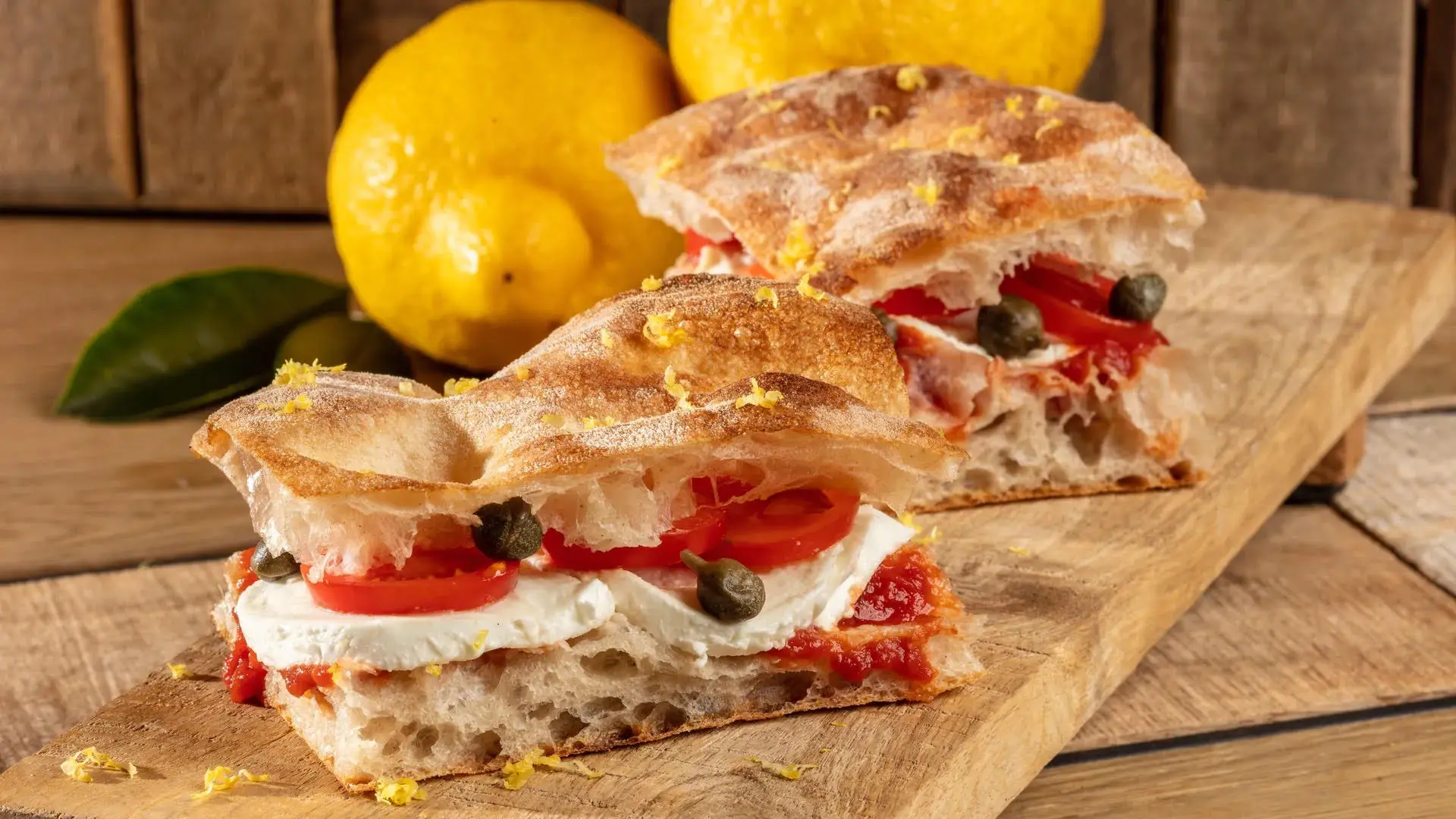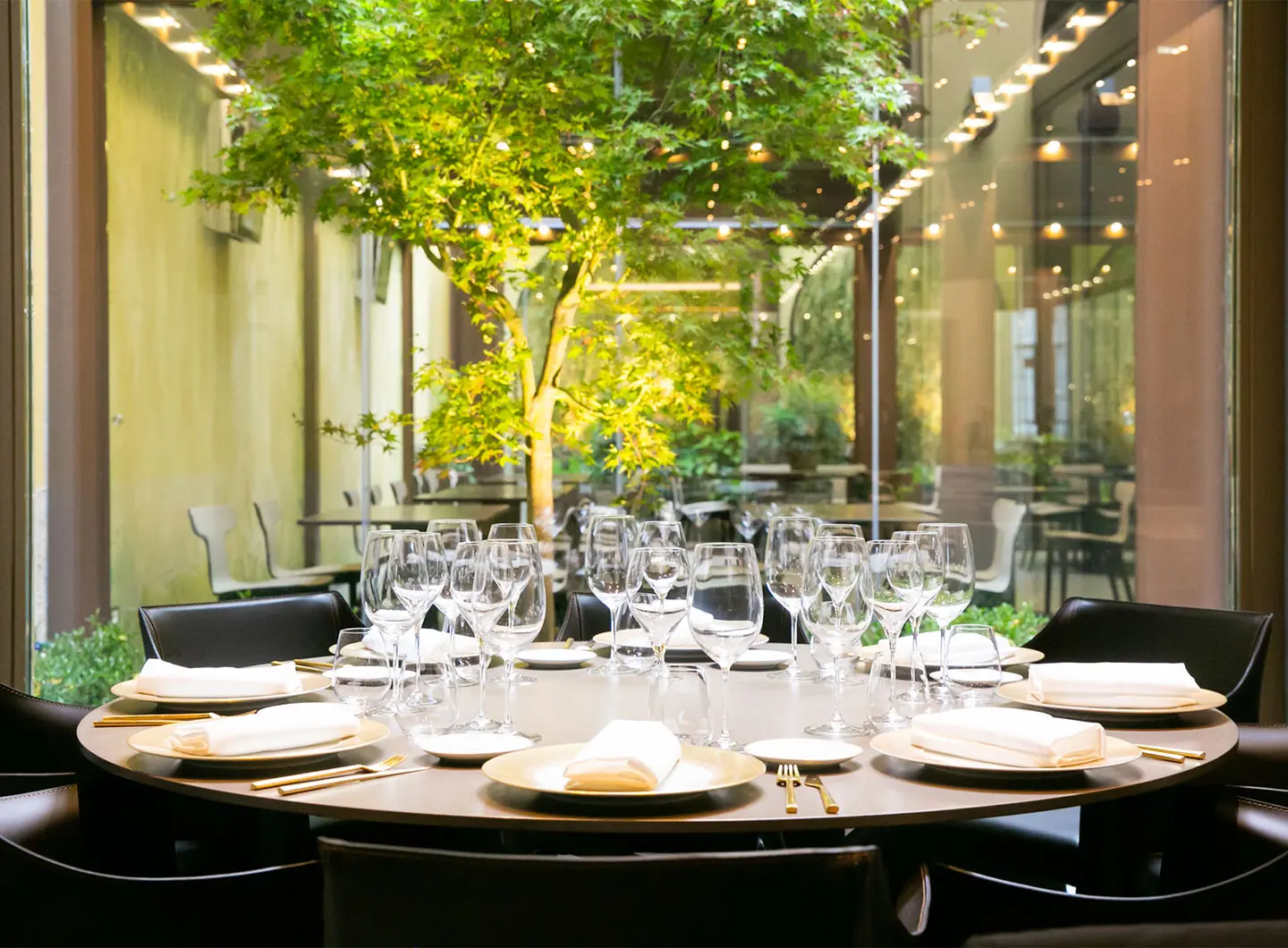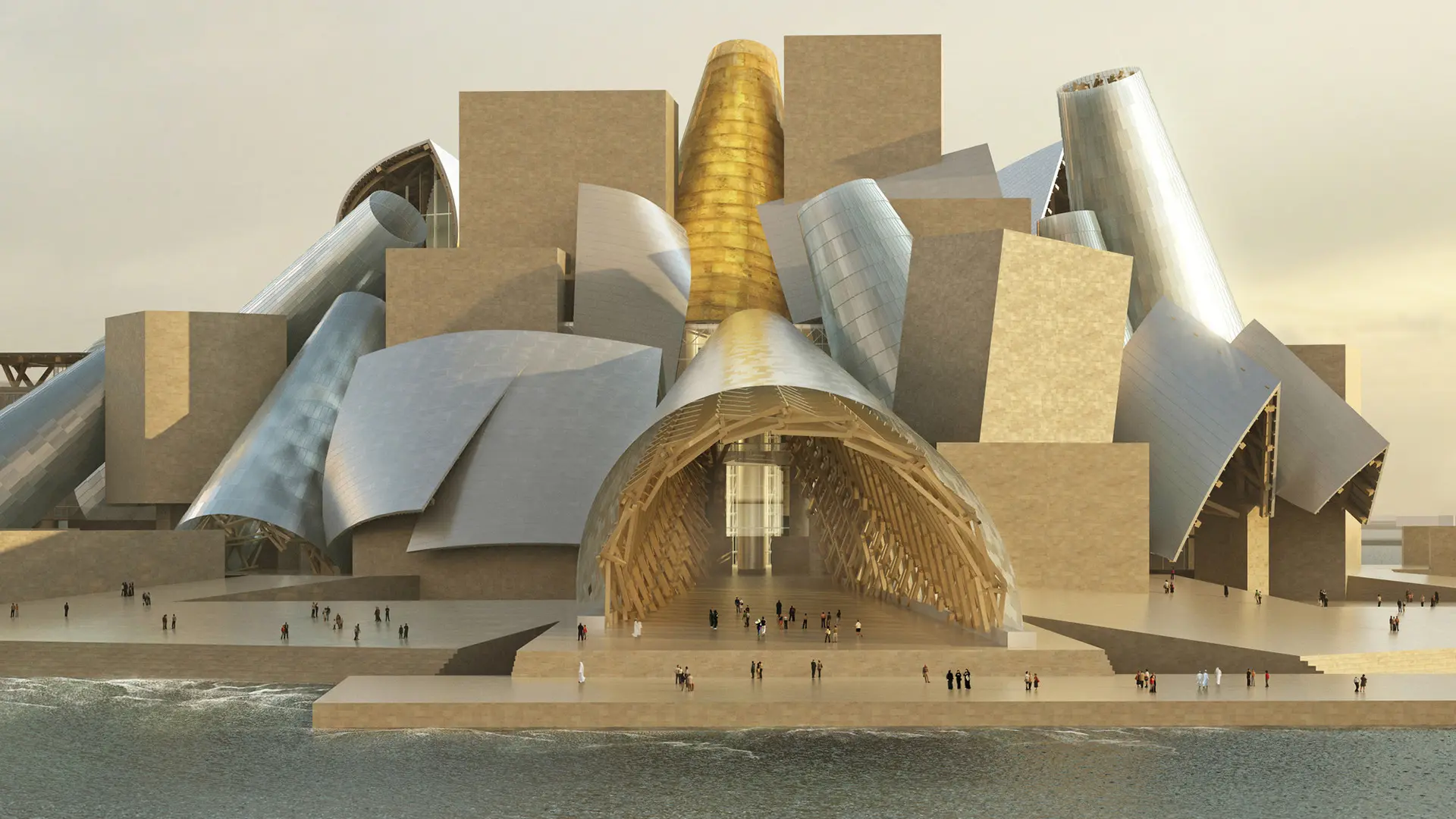From BIG to David Chipperfield, Frank Gehry to Snøhetta: a world tour of the best buildings set to open in 2026
Claudio Ceroni and the Food Courts at “supersalone”

The co-founder of Identità Golose talks to us about the power of conviviality on the eve of the concept devised for the restart of the Salone del Mobile.Milano
The eight dishes selected by da Identità Golose (IG) to bring a new flavour – quite literally – to this special edition of the Salone also include donuts and gourmet pizza. The cameos conceived by internationally renowned chefs and pastry makers will be on offer at the Food Courts, focusing on quality, tradition, cross-contamination and also innovation and entrepreneurship.
It’s the first time this has happened, and not surprisingly, it’s under the aegis of those who have always managed to anticipate the trends in this sector. IG began as an International Congress in 2005, becoming an international hub of ideas and training, an online guide, a digital platform with 200,000 hits a month, and lastly a restaurant, which opened in 2018 at
3 Via Romagnosi in Milan. It offers its steadily increasing fans a unique concept - the only one of its kind – starred menus at affordable prices, which change from week to week.
It all began with a brainwave of the founders: Paolo Marchi, a respected food and wine journalist and Claudio Ceroni, an entrepreneur with a history of organising large-scale television events and a passion for good food. He tells us about it.
Over the years in which the culture of high-quality cuisine has undergone a massive change, in terms of accessibility to the general public and innovation, IG has become its reflection. How did you manage it?
When Paolo suggested the idea of the Congress to me in 2004, I thought “fantastic, but it will be a dreadful bore.” Instead, right from the off, we put together an engaging event – which is what always happens when good ideas and genuine passion have their say. At that time we only had 18 speakers, including the young Massimo Bottura and Carlo Cracco. Now we’ve got more than 145 and IG has become a sort of “Milan Collections of gastronomy.” Paolo deserves most of the credit for this ongoing innovation, he was brave enough to present René Redzepi’s Scandinavian cuisine as early as the second edition, for example, when the curiosity of food and wine journalism only went as far as the French borders. They all thought he was bonkers, but then Redzepi was included in the 50 Best [the ranking of the 50 best restaurants in the world, Ed.].
There was the Expo project in 2015, which marked a turning point …
Expo was the right opportunity to introduce the general public to the cuisine of the great chefs who they’d heard about for years. That experiment, which had never been tried before, showed that the world of gastronomy has an enormous capacity for producing communication. In fact, during those six months, while IG was the second highest trending topic on Twitter after Renzi, we presented a turnover of more than 200 chefs and served more than 58,000 people. We went with that winning idea, which led to opening the International Hub of Gastronomy in Via Romagnosi.
Being open to the general public also means in terms of accessibility, sustainable prices …
Yes, because we realised that people were often put off by certain types of catering. For example, they’re afraid of choosing the wrong sort of wine, whereas we already suggest pairings with our dishes. It’s things like these that we need to work on.
Then, the quality pyramid is getting larger all the time. Just think how the world of pizza has changed over the last few years: it’s really hard to understand how there can be so many starred sushi restaurants yet not a single pizzeria.
Renato Bosco will be bringing pizza to the Food Courts.
He’s one of the protagonists of this evolution, and he has also managed to engineer his product through a partnership with Autogrill, the largest catering group in the world. When you can find quality even places like that, which until a few years ago didn’t feel the need for it because it was committed to providing a simple service, it means that times really have changed.
How does this recovery taste, after a year and a half in which conviviality has been harshly penalised by the various lockdown phases?
You’re right, the penalisation of conviviality represents the greatest damage. Not that the financial hit was any less important, obviously, but there’s more to it. Restaurants are the main places where relationships play out, between clients but also between the staff. This will be the most difficult aspect to rebuild because we’ve lost some talented people, young people especially, training schemes have been interrupted, close-knit teams in restaurants have been destroyed. I really hope that the Salone project and the Congress at the end of September, which unsurprisingly will be on the theme of “work,” will mark a new beginning.
This period has also produced some innovative stimuli.
Yes indeed, but it’s a bit soon to do a reckoning. Certainly in the future there will be more elasticity, quality cuisine will progress increasingly from the starred restaurants to the bistros and fast-food and the Food Court project is testament to this. Probably a year and a half ago, not many great chefs would have been prepared to serve such fast products. Now, for example, there’s Cristina Bowerman who will be bringing one of the dishes she creates in her dark kitchen [a kitchen that is not attached to a restaurant, Ed.], which actually opened during lockdown. Then there’s Matias Perdomo: his “donut alla bolognese” – makes my mouth water just to say it – tells a story of entrepreneurship too, from a starred restaurant to an innovative kiosk.
Gastronomy and design. What does the collaboration with Salone mean to you?
There are lots of points of contact with the world of design. Just think how important Italy is yet how far behind it is – compared with England, for example – from the point of view of designing the spaces and the furnishings. There are still three restaurants out of four here that get the lighting, the acoustics wrong and don’t really have a plan but rely on their architect friend or, worse still, the restaurateur does it all by himself. We’ve convinced that this will be a very interesting road to go down, which could extent to the entire hospitality sector.
If you could invite a famous or an influential person to supper, who would you ask and why?
Mario Draghi, in his capacity as our prime minister, not just to find out whether he’s a cookery fan, although to look at him, I’d say he doesn’t bear the signs, but to help him make a comparison. If someone says something bad about a great French chef, for example, Macron takes issue the next day in Le Monde. Like when the 50 Best was held in London, the prime minister couldn’t wait to receive the protagonists.
In Italy, though, such an important sector from the point of view of tourism, of the economy, of our image abroad, has never had the attention it deserves, apart from Expo. Especially, it’s not seen as a strand of the supply chain that runs from agriculture to hospitality. Every so often there’s talk about restaurants as if they were something we could do without. Obviously if you think about a pizza in the open air, that’s something you can pass up, but if you think about conviviality, about relationships and the knock-on effects of all that, we really ought to take the subject more seriously.
https://www.identitagolosemilano.com/

A Matter of Salone: the new Salone communication campaign
From a reflection on humans to matter as meaning: the new Salone communication campaign explores the physical and symbolic origins of design, a visual narration made up of different perspectives, united by a common idea of transformation and genesis


Salone 2025 Report: The Numbers of a Global Event
Data, analyses, and economic, urban, and cultural impacts. The second edition of Salone del Mobile’s “Milan Design (Eco) System” Annual Report takes stock of a unique event and consolidates the fair’s role as the driving force behind Milan as the international capital of design



 Exhibitions
Exhibitions













